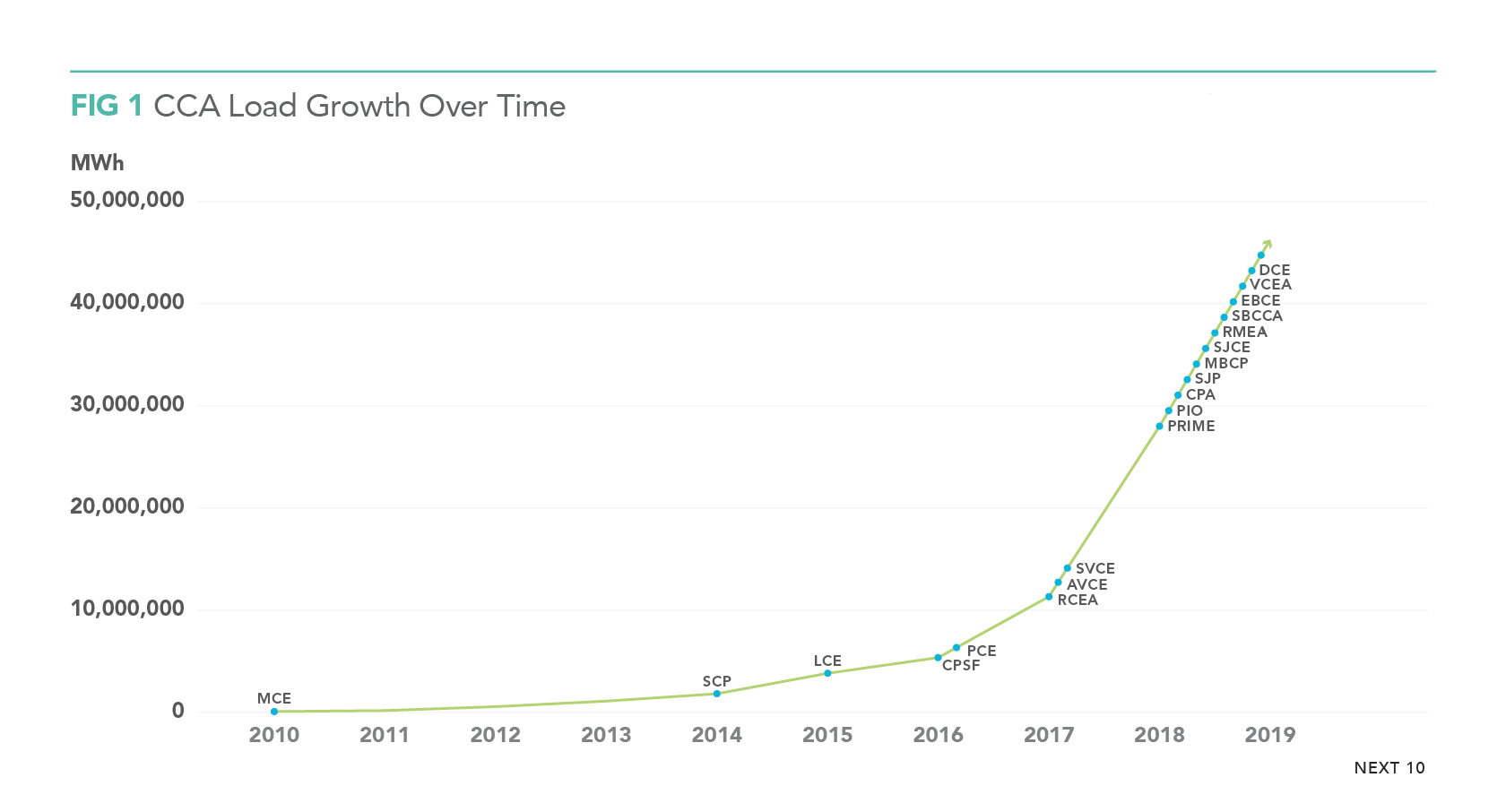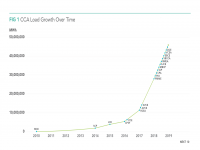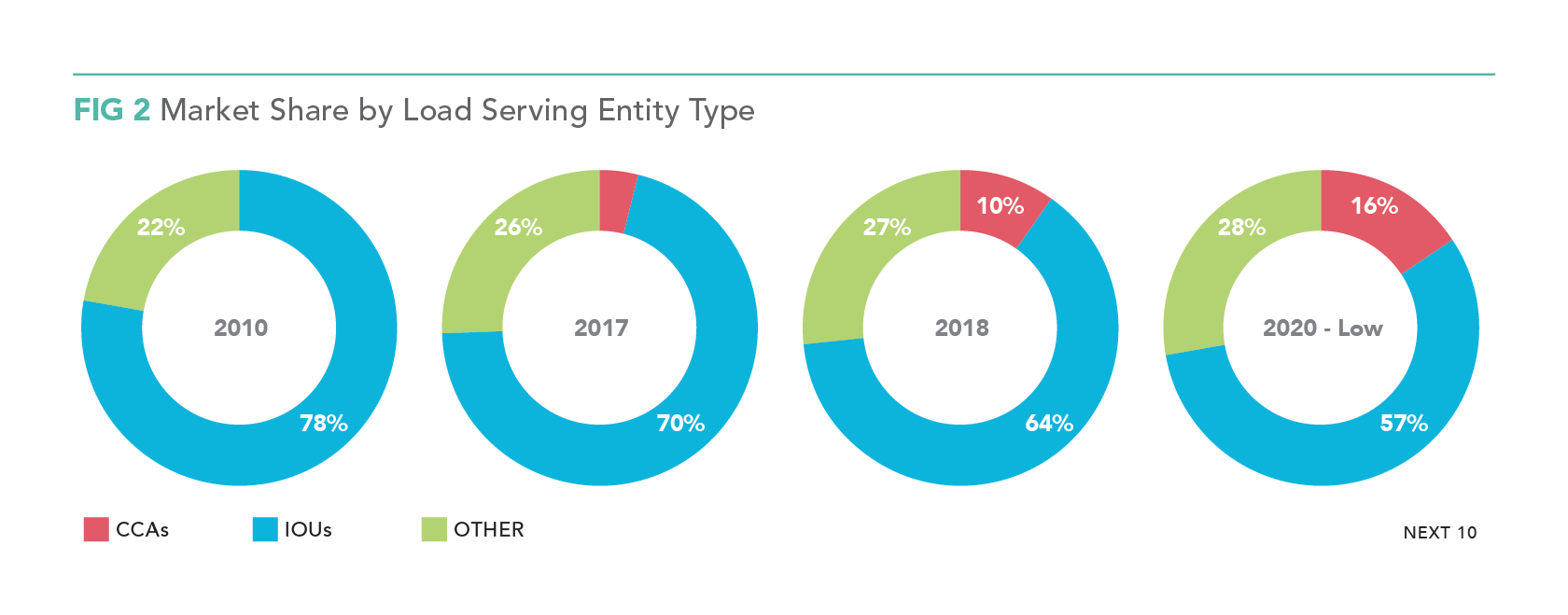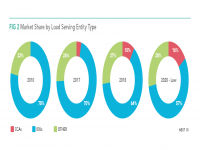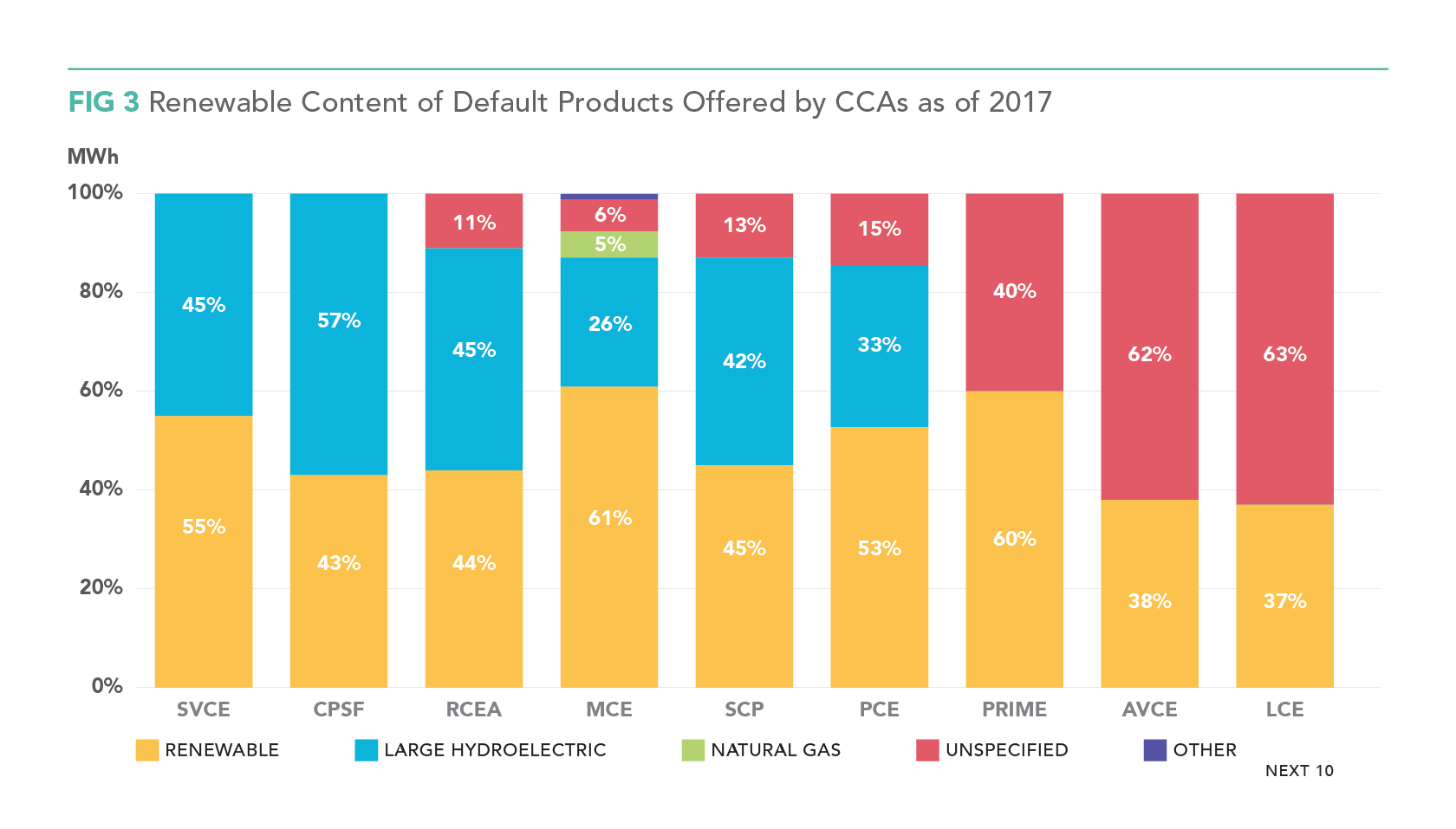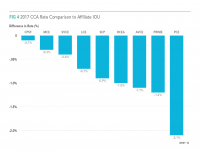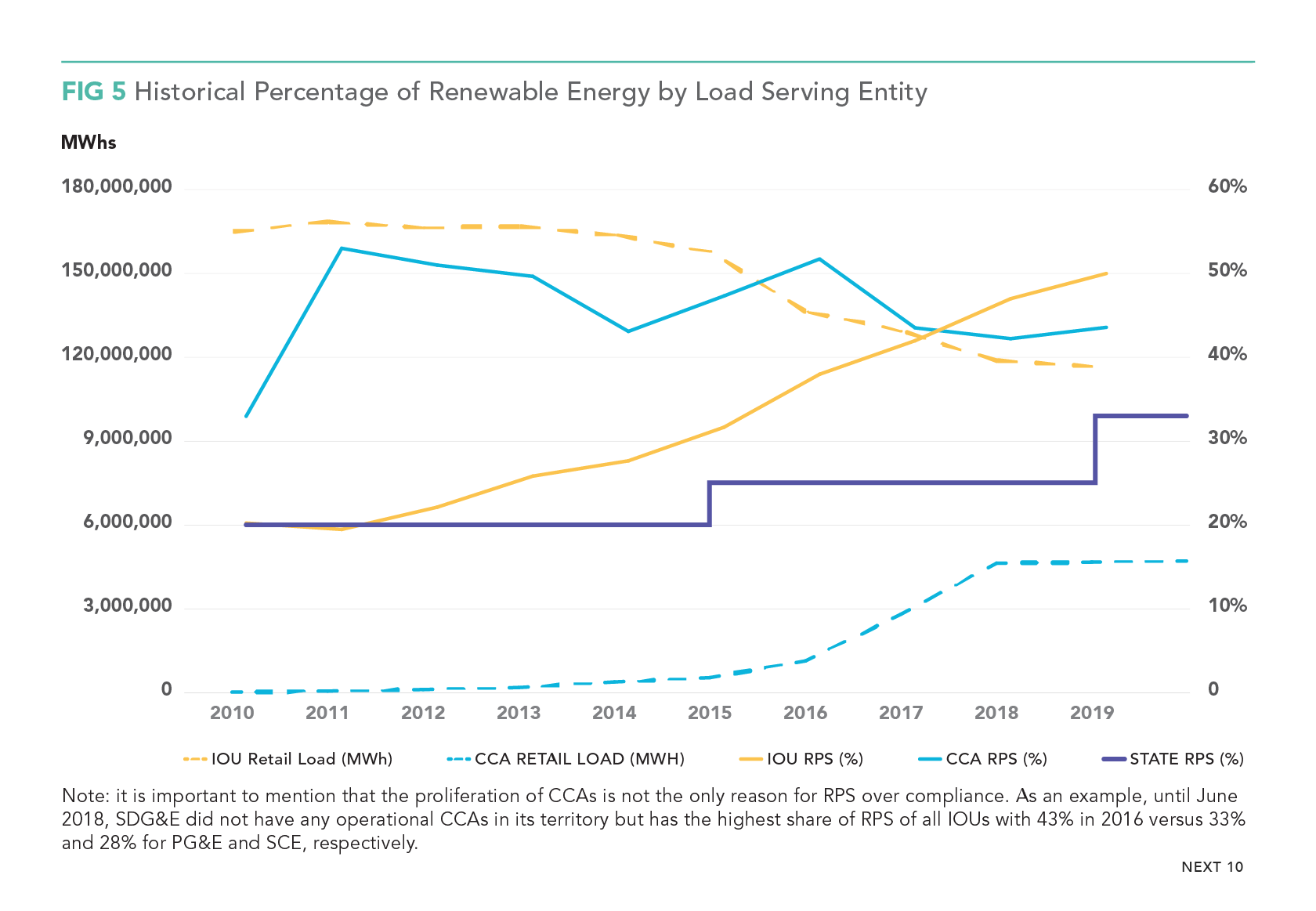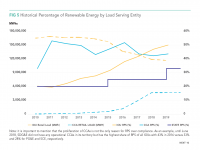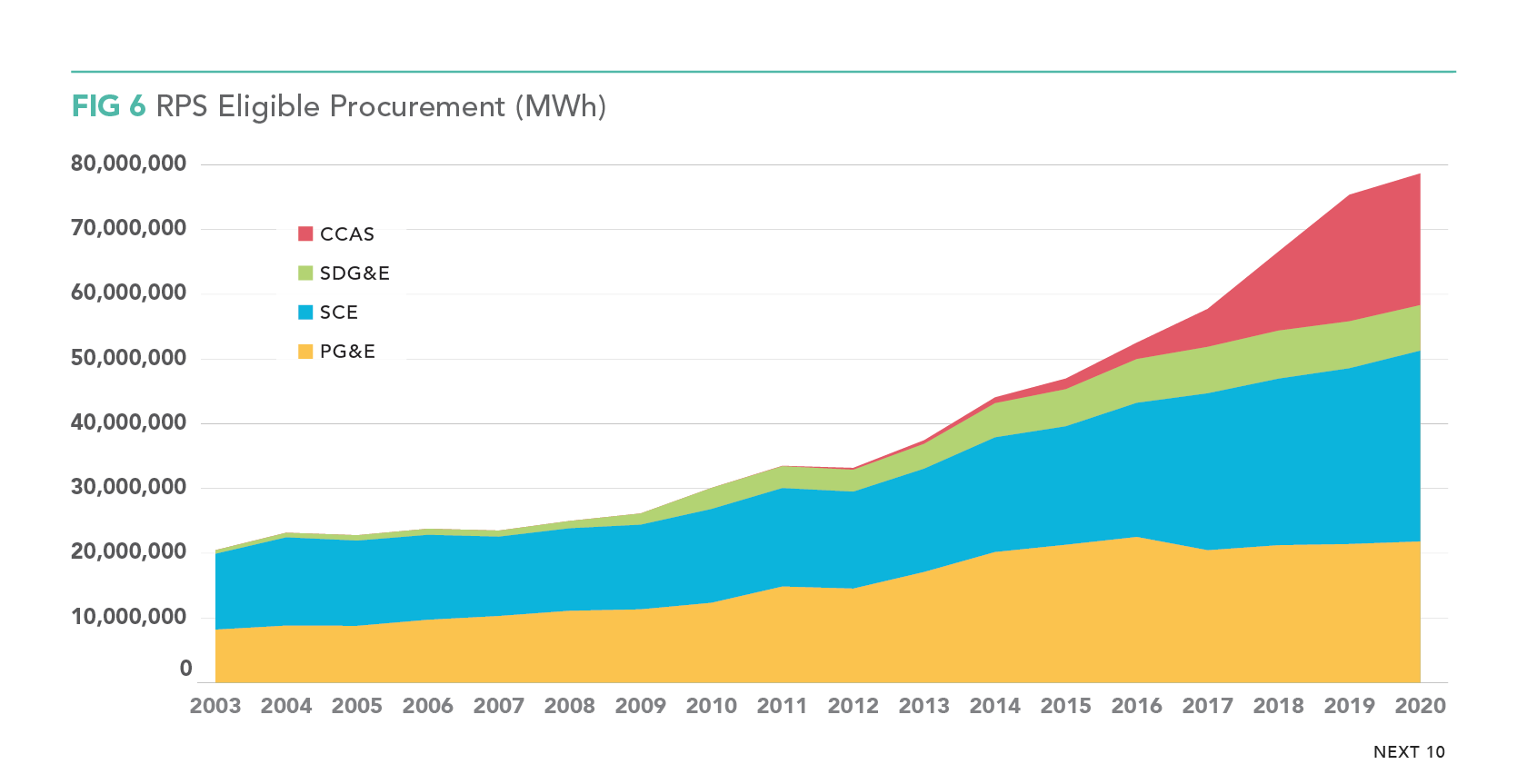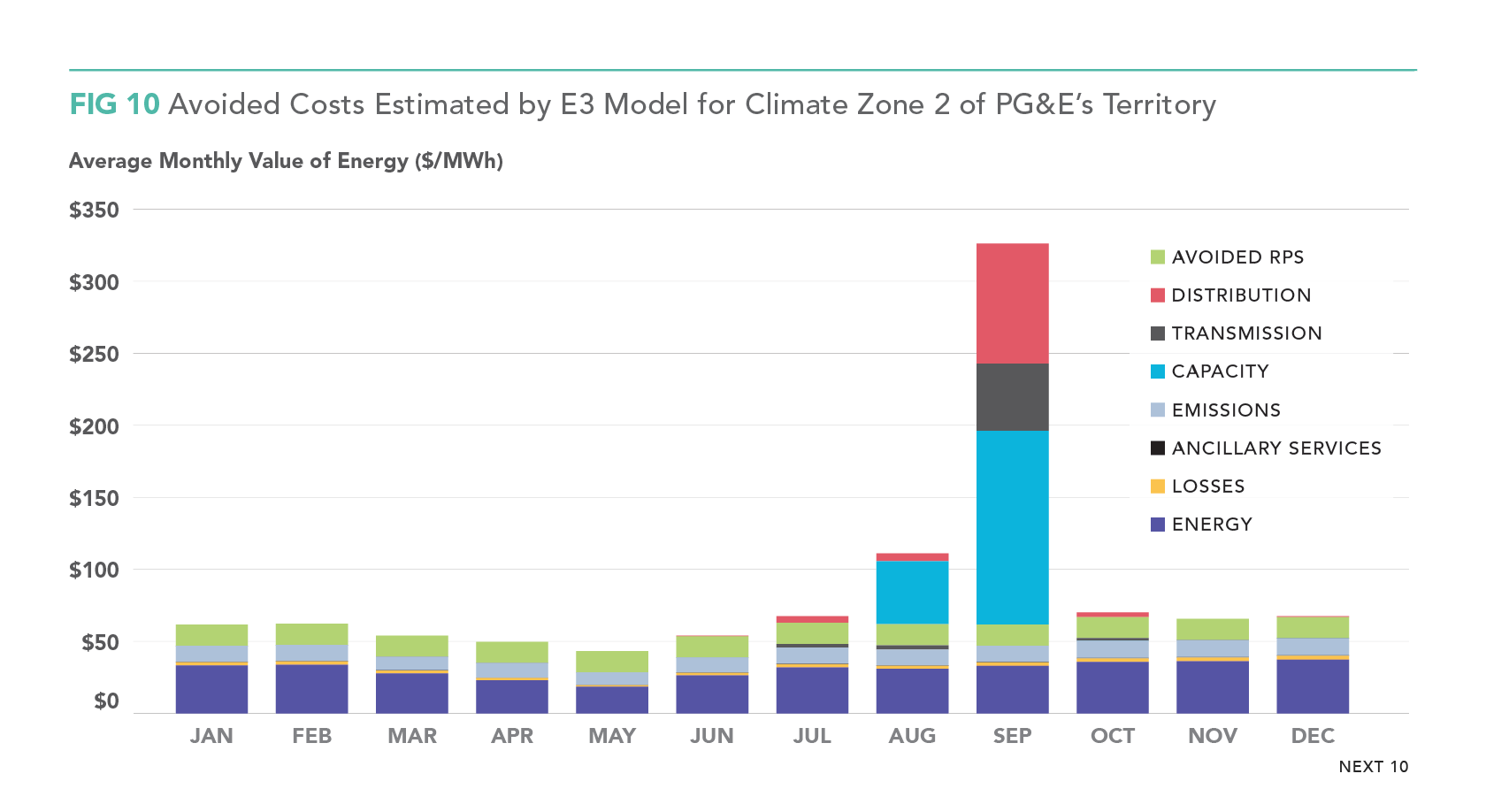Publications
The Growth in Community Choice Aggregation: Impacts to California's Grid
Communities across California are forming Community Choice Aggregators (CCAs) at a rapid rate since 2010, with over half of them starting within the last two years. County and city governments administer CCAs as local alternatives to investor-owned utilities (IOUs).
The Growth of Community Choice Aggregation: Impacts to California’s Grid finds that if current growth trends continue, CCAs may serve a majority of California’s power consumers within the next 10 years, transforming California’s retail electricity sector. According to the report by researchers at the UCLA Luskin Center for Innovation, the rise of CCAs has both direct and indirect positive effects on overall renewable energy consumed in California, helping contribute to the state meeting its 2030 RPS targets approximately ten years in advance.
Even with such an important impact on the penetration of renewable energies, CCAs’ effects on the grid have been negligible so far. This is in part because when a CCA starts, it handles the needs of existing electric customers, and often gets power from existing power plants. In the long term, though, CCAs’ impact on the grid depends on their energy procurement strategies and their local investments.
Next 10 does not own the rights to this publication. Usage of this content is subject to permissions, please contact us at info@next10.org for more information. This report is part of Next 10's California Grid series.
- The cumulative share of CCA load in California is currently about 10 percent of the total state electricity consumption and should rise to 16 percent by 2020.
- In 2010, investor-owned utilities (IOUs) had 78 percent of the statewide market share, but that share had reduced to 70 percent in 2017.
- IOU market share is expected to continue decreasing to 64 percent by the end of 2018, and to approximately 57 percent in 2020.
- CCAs are offering customers electricity with renewable energy content ranging from 37 percent to 100 percent, with an average of 52 percent.
- IOUs are offering renewable content between 32 percent and 44 percent. They estimate a renewable content that exceeds 50 percent by 2020.
- CCAs rely more on short-term and out-of-state renewable energy contracts, compared to IOUs, due in part to the fact that they are relatively new entities. It’s unclear if this pattern will persist as CCAs continue to mature.
- CCAs compensate their rooftop solar customers for energy generated in excess of their consumption at rates up to three times higher than IOUs.
- Some CCAs have demonstrated more success at engaging hard-to-reach customer groups in energy efficiency, compared to their IOU counterparts.
- For example, MCE’s multi-family energy efficiency program is more cost-effective than the comparable PG&E’s program.
Next 10 cannot grant permission to use the following graphics from this publication; additional permissions may be required from the copyright holder. Please view our Terms of Use policy for more information or contact Next 10 at info@next10.org with any questions.

